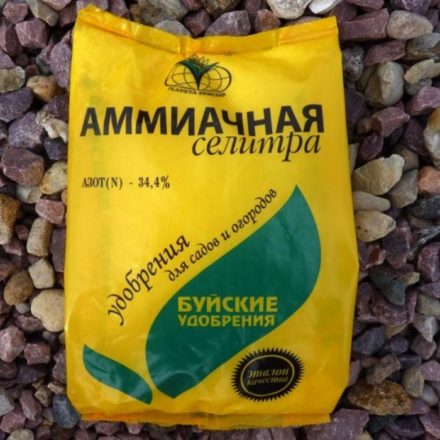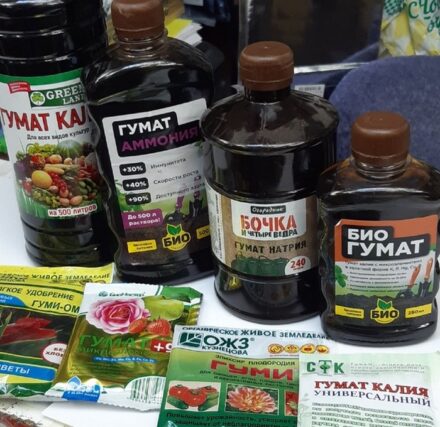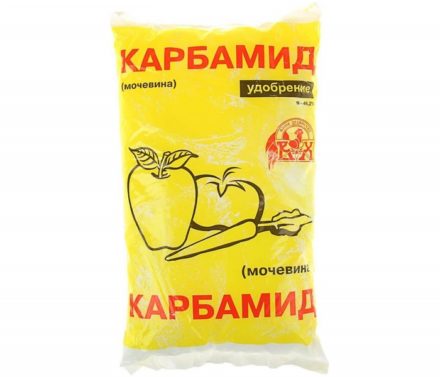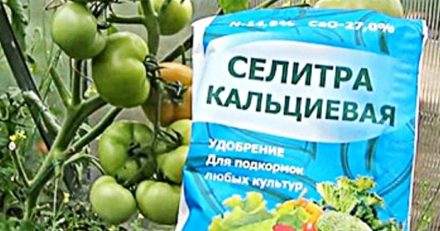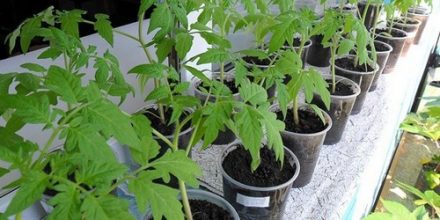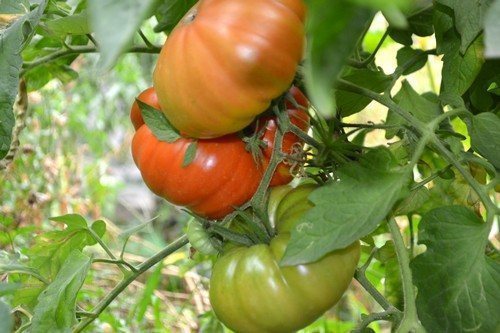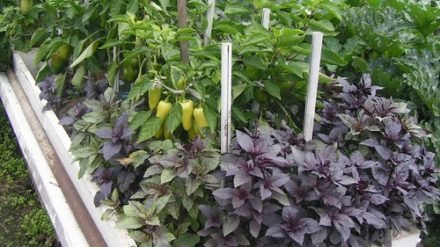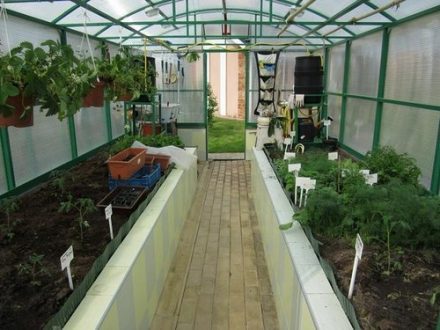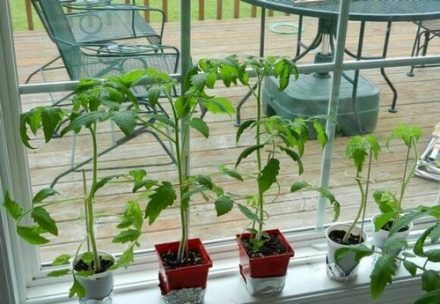Tomatoes are an unpretentious cultivated plant. But in order to reap a rich harvest, they should be properly fertilized and fed. One of the most effective methods is foliar feeding. It acts as an “ambulance” for the plant. There are safe and effective ways to feed.
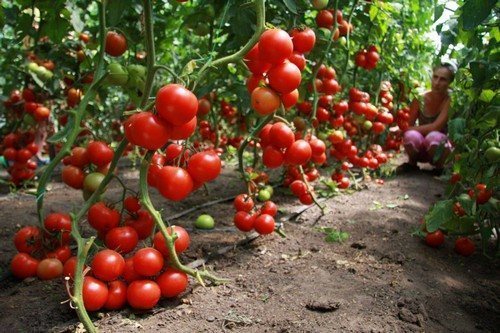
Calcium nitrate
Good nitrogen-containing fertilizer. Has a mild effect. Increases yield by up to 17%. Does not negatively affect the taste of the fruit. The solution is diluted in a dosage of 25 grams per 10-liter container of water. For better irrigation, a liter is prepared for each bush.
It should be used only when the ovaries are formed and mature. The size of green tomatoes (thanks to feeding) quickly increases by one and a half times. Calcium nitrate prevents calcium deficiency, blackening of fruits and curling of leaves.
Boric acid
If there is a problem of falling inflorescences and a small number of ovaries, then this, the most popular type of feeding, will help, as it works 100%. The solution kills all pathogenic bacteria that can harm the plant itself and the tomatoes. Boric acid has a positive effect on the growth and strengthening of the stem and prevents rotting.
Spraying is carried out 2 to 4 times per season. You can buy a ready-made solution or prepare it yourself. Apply 1 g. acid per 1 liter of hot water. If the concentration increases, it can harm the plants.Treatment is carried out with approximately 10 milliliters per bush.
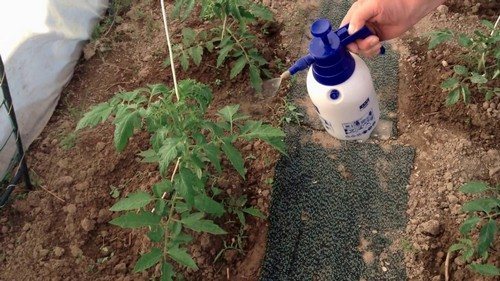
Potassium monophosphate
Fertilizing will stimulate metabolic processes, improve the taste of tomatoes and prevent the appearance of fungal growths. Works great against powdery mildew. After spraying, no traces of the solution remain on the bush, since potassium is quickly absorbed by them due to its good solubility. It is not recommended to treat with potassium monophosphate more than 2 times per season. It should be diluted in the following proportions - 5 grams per 10 liters of water.
Garlic Sprays and Onion Peels
In addition to ready-made products, folk methods of foliar feeding of tomatoes are also used. Garlic spraying prevents the appearance of dangerous fungi and protects fruits from rotting. You can fertilize every 2 weeks. To do this, pour 200 grams of chopped garlic heads into 1 liter of hot water. Leave for 24 hours, then strain. Add potassium permanganate. The first procedure is carried out when the ovaries appear.
Using onion peels is also a good way to feed the bush. Characterized by a wide spectrum of action. Increases the number of ovaries and revitalizes the leaves when yellowness appears on them. The dressing is prepared in the same way as garlic, but without potassium permanganate.
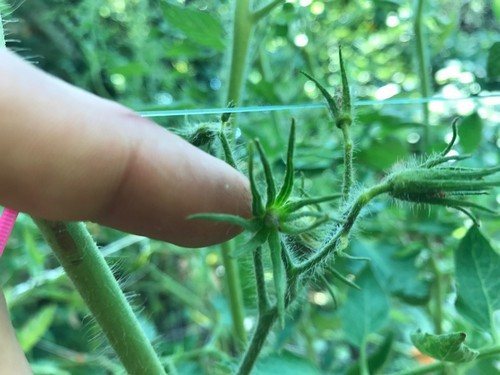
Urea
They used to call it “urea”. Nitrogen fertilizer. More aggressive than everyone else. Helps the bush gain green ovaries. Prevents leaves from dropping and darkening. Prepared from 50 grams of urea and 1 liter of water.
It is impossible to get a good harvest of tomatoes without additional feeding.Many gardeners claim that these 5 methods are considered the most effective and at the same time harmless.



